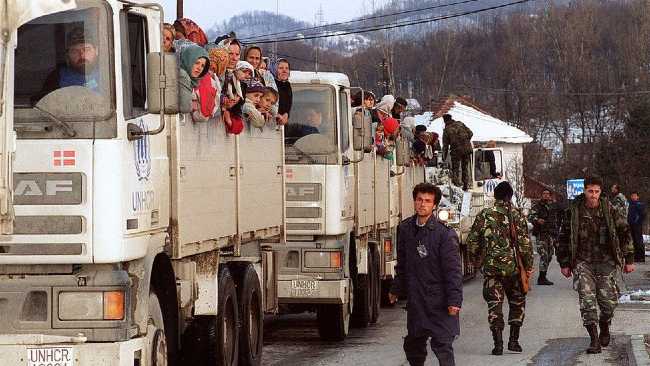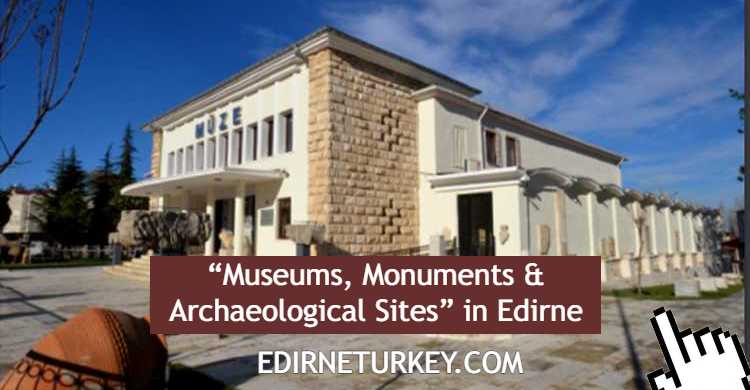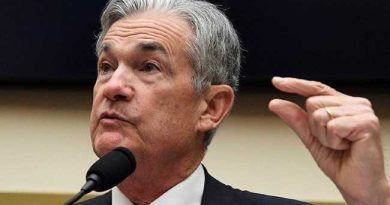What happened in Srebrenica in 1995? What is the Srebrenica massacre?

It has been 25 years since the Srebrenica massacre, in which more than 8 thousand Bosniak civilians were massacred by Serb soldiers during the Bosnian War. This year, the funeral of those found in mass graves and identified will be buried at Potocari Memorial Cemetery. So what is the Srebrenica massacre? Here is the heart breaking story that will never be forgotten…
It’s been 25 years since the Srebrenica massacre. The massacre, which began on 11 July 1995 in Srebrenica in eastern Bosnia and Herzegovina, where a human tragedy occurred, in which at least 8,372 Bosniak civilians were brutally killed by Serb soldiers under the command of General Ratko Mladic, has become a symbol of suffering and the pursuit of justice, not only in Bosnia and Herzegovina but all over the world.

So far, 6,500 victims have been identified in Srebrenica. The 36 victims, who were identified last year, will be buried at Potacari Cemetery. Here is the answer to the question of what is Srebrenica and what happened 25 years ago…
Srebrenica was one of the 6 regions declared safe zones by the United Nations, which had to intervene in the region following the genocide started by Serbs in 1992, after the collapse of Yugoslavia.
Before the war, the population of the city was around 24 thousand, and it went up to around 60 thousand with refugee migrations from other regions. By then Srebrenica had become a concentration camp fighting “hunger” and “diseases”. The weapons in the hands of Muslims had been collected by UN peacekeepers on “protection grounds”.

When Serbs under the command of General Ratko Mladic intensified their attacks on Srebrenica, an application by Muslims to reclaim their collected weapons was rejected by Thom Karremans, the Dutch commander in charge. The UN was only able to make two F16s fly over the city.
Dutch soldiers evacuated the city in the middle of the night on orders from the Dutch general, the commander of the UN peacekeeping force in Bosnia. The Dutch commander, Thom Karremans, who was in charge of the city’s security during the War, handed over 25 thousand refugees who had taken refuge with him and the city to the Serbs.
Later, a videotape would be filmed of the Serbian general giving a gift to the Dutch commander evacuating the city. A week-long massacre has taken its place in the archives as the biggest crime against humanity after WW 2.

The Hague Court of justice deemed the week-long massacre a “genocide”, but ruled that Serbia would not be held responsible.
In its 2007 ruling, the International Court of justice in The Hague, The Netherlands, described what happened in and around Srebrenica as “genocide”, based on evidence from the ICTY.
Serbian commander Ratko Mladic was sentenced to life in prison for several crimes, including the Srebrenica genocide, in the ICTY’s case that concluded last November.
The same court sentenced Radovan Karadzic, the former leader of Bosnian Serbs, to 40 years in prison for 10 separate crimes, including the Srebrenica genocide, in the case it concluded in 2016.





